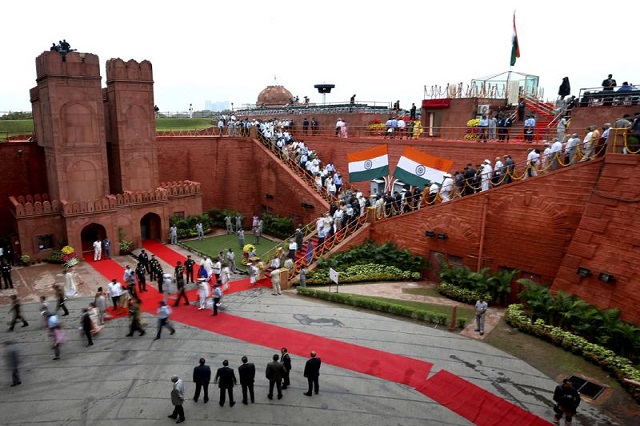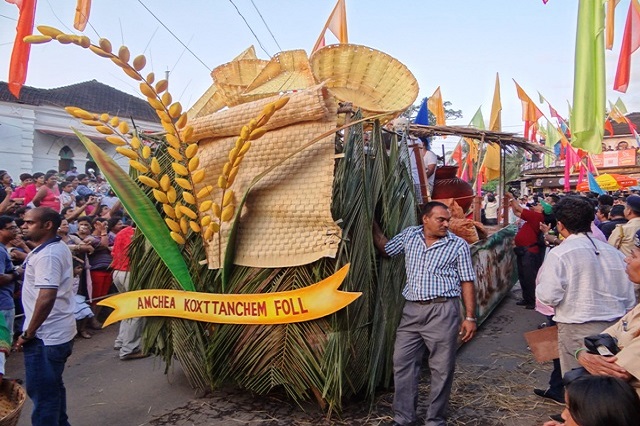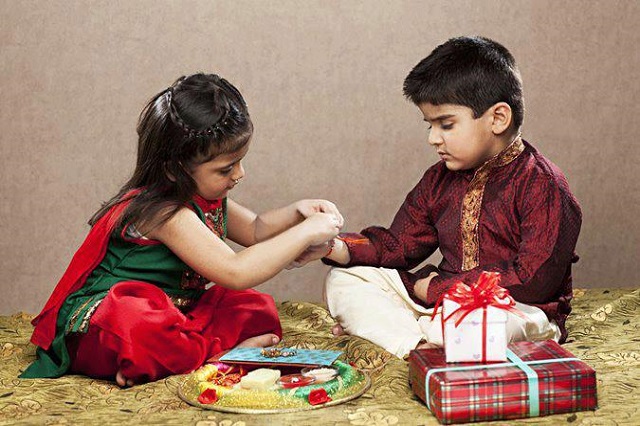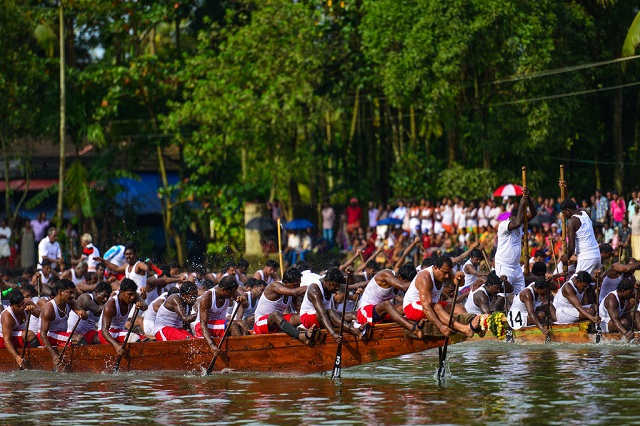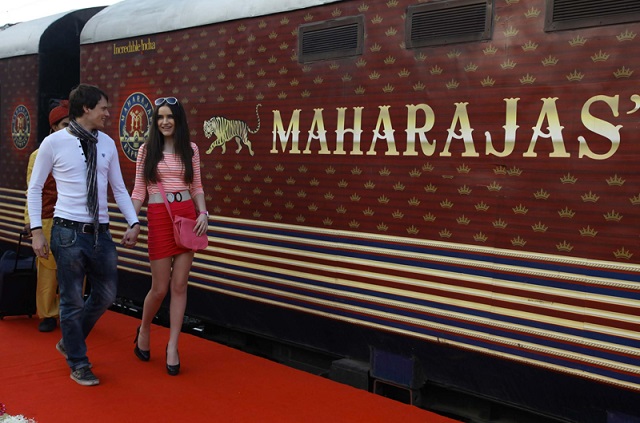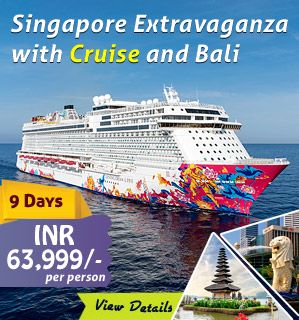Festivals are the mirrors of society! And with a bucketful of them available for every month, it’s not hard to guess India’s love for celebration. To teach you more about the country’s propensity, here is a list of wonderful festivals and events in August 2019:
Krishna Janmashtami
It is the birthday of the Hindu Lord, Krishna (the blue-skinned incarnation of Lord Vishnu). Krishna Janmashtami is celebrated in the whole of India, but in different forms. When the northern part of India (especially Mathura and Vrindavan) wakes up before dawn, decorates their Vaishnava temples and events including Kirtan (devotional songs), drama, dance become the part of the celebrations which continue till midnight, It is the other half of India, which gets resonated with an epic show of devotion towards the Lord.
Coming on top of the cities with celebrations of these kinds is Mumbai. Its major highlight being the ‘Dahi Handi’, represents Lord Krishna’s love for curd and butter. An earthen pot containing curd, money and butter is tied up high and young ‘Govindas’ (as they like to call themselves) make human pyramids of themselves to reach the Handi. Well, this use to be the story of Mumbai, and several other parts of Maharashtra during the Krishna Janmashtmi.
Do enjoy specially made for the occasion, delicious peda and buttery lassi , if you happen to visit Mathura (Lord Krishna’s birth place) and Gokul at this time of the year in India. Read More
When: 24th August 2019
Places to be during this time: To witness the festivities of Krishna Janmashtmi in India, make a visit to Mathura. The birth place of Lord Krishna is known to celebrate this festival with elaborate rituals. Other than this, the city of Mumbai throws the best bet. The ‘Dahihandi ’ ritual along with celebrations at the famous ISKCON temple complex in Mumbai brings a gala time.
Places to be during this time: To witness the festivities of Krishna Janmashtmi in India, make a visit to Mathura. The birth place of Lord Krishna is known to celebrate this festival with elaborate rituals. Other than this, the city of Mumbai throws the best bet. The ‘Dahi
The Monsoon Festival
With monsoons, comes fertility; and fertility is not only limited to crops, but has its wings spread over the art of expression as well. Some Indian minds have come with a unique way of celebrating the multi-faced monsoons.
And it happens in the capital city, Delhi. Since a decade, Delhi has been celebrating the much awaited monsoon season with a cultural festival that includes everything from music to drama, and art to poetry. The main essence of the monsoon festival is to revive this king of seasons in India.
With contemporaries of visual art, the festival tends to depict the love, nature has towards monsoons and how it connects to the human soul. By banishing the atrocities of the urban life, it works with the richness of human emotions to contemplate over the awakenings of Indian monsoons.
In other words, the monsoon festival with a plethora of activities like workshops, theater, visual art and fashion walks, welcome the lovely monsoons.
It is going to be the 10th edition of it this year and will be flaunting the ethnic theme of Lord Krishna.
When: August 20-28, 2019
Where: Delhi
Independence Day
This is the day when India gained freedom. Amongst the most popular events in August, Independence day is celebrated all over India, with a special program in Delhi. It all starts a day before, President of India, addresses the whole nation with a patriotic speech.
Then comes the D-Day and it starts with hoisting of the Indian tricolor by the Prime Minister on the historic Red Fort, which is followed by twenty-one gun shots of honor. As a tribute to the national heroes of Indian freedom struggle, various divisions of the Indian Armed Forces along with the paramilitary put a march past show.
Well, this happens officially in New Delhi. Similar processions are carried on by chief ministers of different states. Not just in Government quarters and premises, the celebrations make home at schools and educational institutions also. As it is marked as a National holiday, cultural events and performances are held for the students a day before.
For some, it is also an excuse to fly kites all day long. Days before the auspicious day, skies of the city get dotted with colorful kites of different sizes. To catch the best kite flying action, visit Chandni Chowk area of Old Delhi.
When: August 15, 2019. Starting from 2 pm
Where: Jain Mandir to Fatehpuri Masjid, Chandni Chowk, Old Delhi
Teej Festival
The thing about Indian festivals is they have a religious or a mythological angle attached to almost everyone of them. Now the civilization has a festival attached to monsoons as well, and that too named after a small red insect, Teej, which emerges out in the rainy season.
But why it is celebrated? Well, the answer is no where related to the insect. Rather, the festival is a mark of reunion of Lord Shiva and Goddess Parvati.
It is not a festival that pans all over India, but in the parts of Bihar, Rajasthan, Haryana and Punjab. And primarily, its Rajasthan that devotes itself to it in a massive scale. It happens in the form of a fair, known as Sawan Mela.
Lots of singing, dancing, and feasting, followed by a convoy of decorated elephants, horses and chariots. All this is done in honor of Goddess Teej (a form of Goddess Parvati). Tripolia Gate, Gangauri Bazaar and Chhoti Chaupar in Jaipur must be your ideal place to be during Teej. Read More
When: 1st September, 2019
Where: Rajasthan, particularly in Jaipur
Nag Panchami
Lucky are the snakes of India!. Here, these reptiles are not just a wildlife show, but divine like the Lords. Visit the southern states of India during Nag Panchami and you will see the country’s love for the serpent.
Although different regions of India have their own set of traditions and rituals to celebrate this unique festival. A treat of milk and honey to the snake, particularly a cobra, is one of the main aspects of Nag Panchami. People worship temples of Lord Shiva to worship and seek blessings during the festival, as snakes are dear to the Lord. Don’t panic, if someone comes to you asking for milk or alms, carrying a dormant cobra. They won’t bite!
When to visit: 5 August 2019
Where: Rural areas of Maharashtra, particularly Battis Shirala Village.
Bonderam Festival
Removing the animosity between two communities, which is in existence since the Potuguese era, Bonderam festival is one such event Goa waits eagerly. In the company of thousands-locals and tourists, this harvest festival is held every year at the Divar island in old Goa.
As per the merry making spirit of Goa, the festival becomes a paradise of melodious music and dance. Parades and processions by different villages in the vicinity, and continuous recitation of Viva Bonderam keeps alive the carnival ambience of the festival.
When: Bonderam Festival is celebrated on the fourth Saturday of August every year.
Where: Divar
Raksha Bandhan
The much awaited festival for sisters in India, Raksha Bandhan celebrates the love they share with their brothers. It is one of the prime festivals in Indian societies and is celebrated all over the country.
Some states call it Nariyal Poornima, Kajari Poornima, while for most, its Rakhi Poornima. As a mark of the chaste love, sisters tie beautifully crafted ‘Rakhis’ on the wrists of their brothers. It is not only confined to brothers and sisters.
Above than the deep blood bonds, Rakhi can be tied by a wife to her husband or a disciple to his guru.
When: August 15, 2019.
Where: All over India.
Nehru Trophy Snake Boat Race
One of the major events that take place in God’s own country is the Nehru Trophy Snake Boat race. Piercing the silence of the exotic Punnamada lake in Alappuzha, the snake boats put the blue tracks on fire.
It has been like this since 1952, and every year a great show, infront of an huge audience is put forth. The Nehru Trophy Snake Boat Race is a prestigious event and features ceremonial water processions, that is like no other in the world. Read More
When: 10 August 2019
Where: Lake Punnamada, Alappuzha, Kerala
Shravani Mela
Celebrated through out the monsoon months in India, Shravani Mela is a festival dedicated to the almighty Shiva. In an attempt to pay obeisance to Baba Baidyanath Shiva, thousands of Saffron clad devotees march for more than 100 km.
The tradition says it starts on the Amavasya (No moon ) day in the month of monsoon and ends by the Purnima (Full moon) day. In between all this, devotees have to fetch the holy waters of Ganga and shower it at Deoghar Baidyanath temple.
Where: All over India.
Fair and Festivals in India in January
Fair and Festivals in India in February
Fair and Festivals in India in March
Fair and Festivals in India in July
Fair and Festivals in India in October
Fair and Festivals in India in November
Fair and Festivals in India in December


